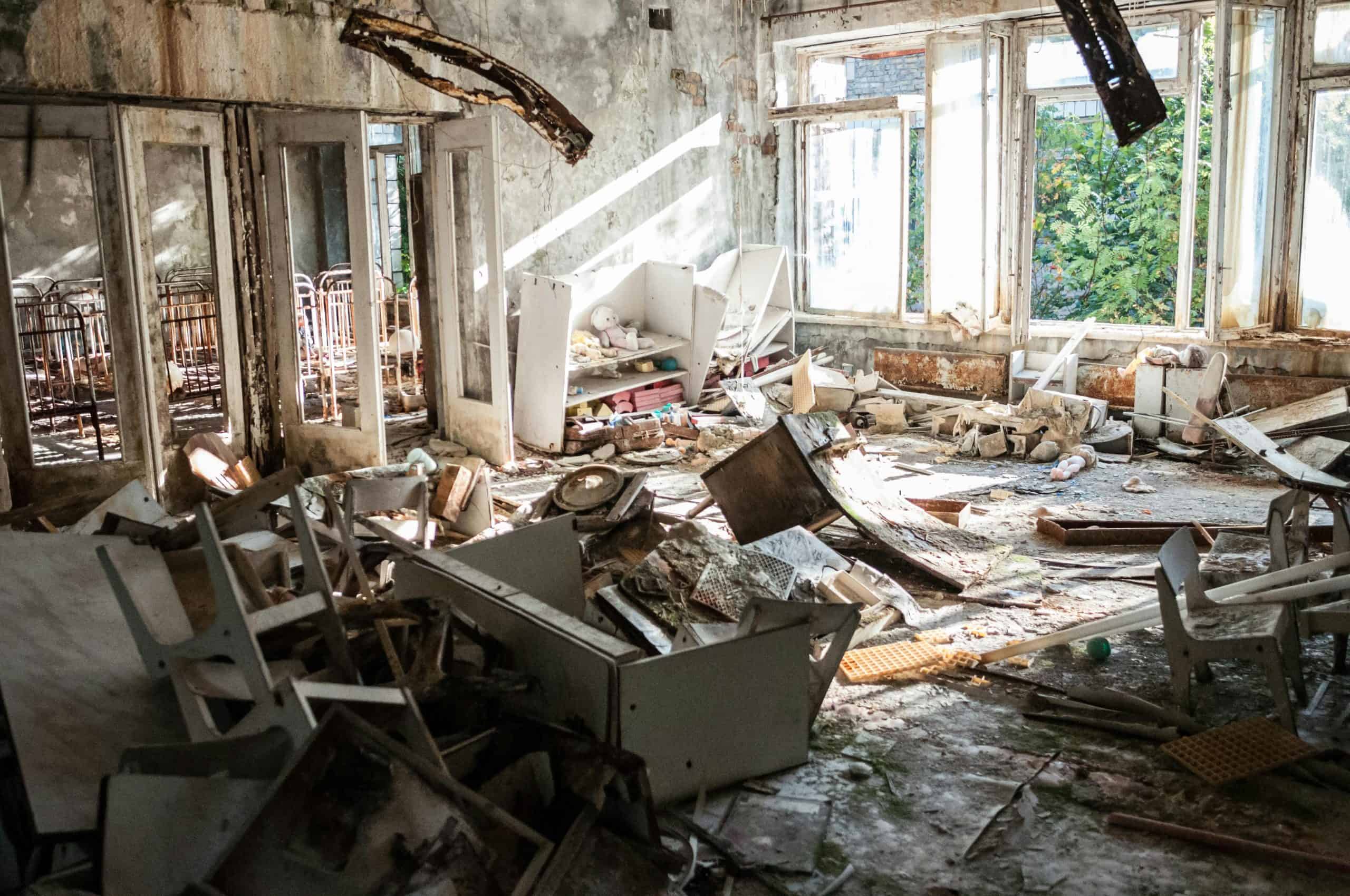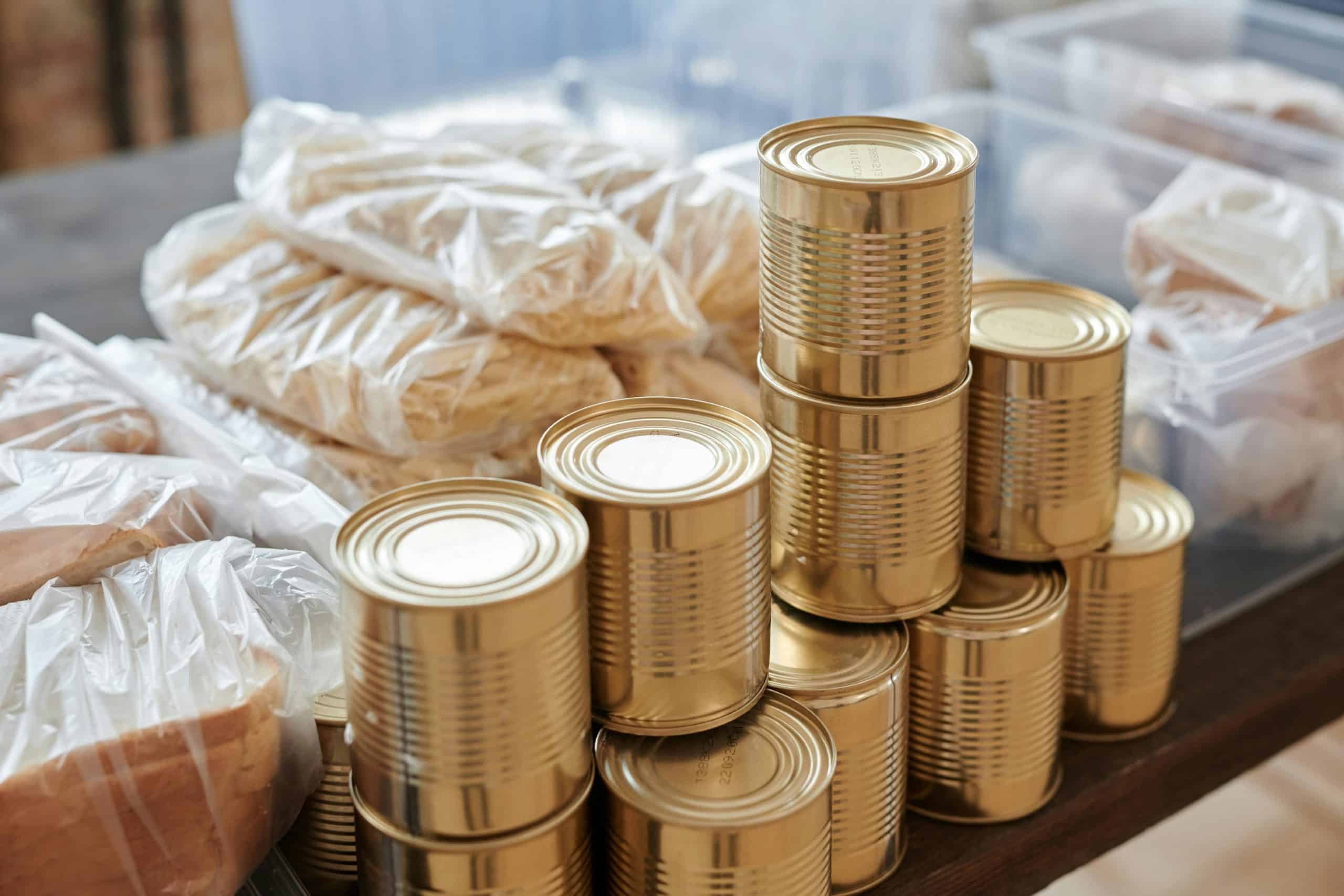Look, Mother Nature doesn’t care about your Pinterest-worthy storm prep checklist. With the right hurricane-proofing strategies, you can actually give these storms a run for their money. After witnessing Hurricane Ian tear through Florida and watching Helene turn entire neighborhoods into swimming pools, I’ve learned that preparation is about understanding what these storms can actually do to your home and getting ahead of them with strategies that work.
Why Hurricane-Proofing Isn’t Optional Anymore
We’re not dealing with your grandmother’s hurricane seasons anymore. The 2024 season alone caused over $500 billion in damage, and 2025 is shaping up to be another above-average year. NOAA is predicting we’ll see six to ten hurricanes this year, with up to five becoming major storms.
I’ve walked through neighborhoods that looked like war zones after Category 4 winds finished their tantrum. Houses that thought they were ready got humbled real quick. But the homes that survived? They had owners who understood that hurricane-proofing means thinking like the storm itself.
The Real Damage Hurricane-Proofing Prevents

Here’s what keeps me up at night during hurricane season: it’s not just the wind that’ll get you. Sure, 156 mph gusts will rip your roof off faster than you can say “homeowner’s insurance,” but the real killer is water. Storm surge and flooding cause the most devastating damage, and just one inch of floodwater can cost you $25,000 in repairs.
I’ve seen winds turn patio furniture into missiles, snap century-old oak trees like toothpicks, and turn windows into confetti. But I’ve also seen properly hurricane-proofed homes stand their ground while everything around them got flattened. There isn’t a 100% hurricane-proof system we’ve invented, but what we have now can save you from losing 100% of your home.
Hurricane-Proofing Strategies That Actually Work
Reinforce Your Roof Before Nature Tests It
Your roof is basically wearing a “kick me” sign during hurricane season. Hurricane-proofing starts from the top down, and that means hurricane straps. These galvanized metal connectors tie your roof to your walls and foundation, creating a continuous load path that can handle the upward and lateral forces these storms throw around.
I know—spending $1,000+ on something you can’t see seems crazy. But we have seen too many roofs take flight because someone skipped this step. Professional installation is worth every penny, especially if you’re retrofitting an older home. The more you do for your roof, the less it will contribute to interior damage.
Window and Door Protection That Doesn’t Mess Around
Forget that old wives’ tale about taping windows—it’s about as useful as bringing a flyswatter to a gunfight. Real hurricane-proofing means either storm shutters or impact-resistant glass. Plywood boarding costs around $10-50 per sheet and works, but it’s time-consuming and blocks out all light. Storm panels run $5-15 per foot and offer better protection.
If you’ve got the budget, roll-down hurricane shutters ($10-50 per square foot) are the gold standard—push a button and you’re protected. The ultimate hurricane-proofing solution sells impact-resistant windows at about $55 per square foot. They’re always in place, completely transparent, and tough enough to handle flying debris without shattering into dangerous shards.
Garage Door Reinforcement (The Weak Link Everyone Forgets)
Here’s something most people miss: your garage door is often the weakest point in your home’s hurricane-proofing. When it fails, hurricane-force winds get inside and can literally blow your roof off from the inside out. Vertical bracing systems cost around $160+ per brace but can save your entire home. They anchor above the door and to the floor, giving that flimsy garage door the backbone it needs to stand up to hurricane winds.
Hurricane-Proofing Your Property’s Perimeter
Tree Management That Prevents Projectiles

I can’t tell you how many times I’ve seen beautiful, mature trees become battering rams during storms. Hurricane-proofing includes strategic tree trimming—removing dead branches, thinning dense canopies, and cutting back anything that could reach your house. Any tree can do damage, so watch out for any that are towering a little too close over your home.
Professional tree service runs $50-1,700 per hour, but it’s cheaper than replacing your roof while dealing with your insurance agent. Do this well before hurricane season, so debris has time to be cleared away. You’ll be thankful that tree debris won’t be a haunting thought when the winds whip your way.
Flood Barriers for Ground-Level Protection
While sandbags are the classic solution (and many cities give them away free), modern hurricane-proofing includes better options. Water-filled tubes, expanding barriers, and portable flood walls can be deployed quickly when a storm approaches. These won’t stop a 20-foot storm surge, but they’re surprisingly effective against the minor flooding that can still cost thousands in damage.
The Hurricane-Proofing Timeline That Actually Works
Here’s the reality check: you can’t hurricane-proof your home the day before a storm hits. Insurance companies issue moratoriums, material prices skyrocket, and contractors disappear faster than ice cream at a kid’s birthday party. Start your hurricane-proofing efforts in the off-season. February through April is prime time for getting work done without surge pricing or availability issues. Use this time to:
- Schedule professional inspections and installations.
- Stock up on emergency supplies
- Review and update insurance policies
- Create detailed home inventories
Hurricane-Proofing On a Budget

Low-Budget (Under $500)
- Plywood for window boarding
- Basic emergency kit supplies
- Tree trimming (DIY)
- Securing outdoor furniture
- Sandbags for minor flood protection
Mid-Range ($500-5,000)
- Storm panels or shutters
- Garage door bracing
- Professional roof inspection and minor repairs
- Hurricane straps installation
- Generator for backup power
Premium Range ($5,000+)
- Impact-resistant windows and doors
- Roll-down hurricane shutters
- Comprehensive roof reinforcement
- Professional landscaping and drainage improvements
- Whole-house generator system
Insurance Likes Permanent Hurricane-Proofing
Here’s something that’ll make you and your wallet happy: proper hurricane-proofing can lower your insurance premiums. Permanent improvements, such as hurricane shutters, impact glass, and roof reinforcement, often qualify for discounts. The catch: you need to tell your insurance company about these improvements. They’re not mind readers, and they won’t automatically adjust your rates just because you hurricane-proofed your home.
The Emotional Reality After the Storm
Let me be real with you for a moment. Hurricane-proofing isn’t just about protecting your investment, but about protecting your peace of mind. Many families were interviewed after the storm, and reportedly had lost everything, even though they thought the bare standard homeowner’s policy and some plywood would be enough. I will depend on the storm path, but sometimes extra steps need to be taken.
The stress of watching a hurricane approach when you’re not properly prepared is something I wouldn’t wish on anyone. But the confidence that comes from knowing you’ve done everything possible to protect your home? That’s priceless. It is going to be one less thing to worry about after with post-hurricane damage.
Mobile Home Hurricane-Proofing: Extra Challenges
If you live in a mobile home, hurricane-proofing requires special attention. These structures are more vulnerable to wind damage, so checking anchor points and tie-downs is critical. Interior preparation means securing cabinets and removing items from high shelves. Fewer loose items means fewer projectiles, less debris, and minimal loss of precious momentos.
But honestly? If you’re in a mobile home and a major hurricane is headed your way, your hurricane-proofing strategy should include a solid evacuation plan to a more substantial shelter. Make sure you have insurance and an evacuation plan if you find yourself and your home in the path of a hurricane.
Emergency Hurricane Preparedness

Physical hurricane-proofing is only half the battle. You need supplies that’ll last you through the aftermath:
- Water (At least 3 days’ worth; Remember it’s one gallon per person per day)
- Non-perishable food for three days minimum
- Battery-powered or hand-crank radio
- Flashlights and extra batteries
- First aid kit
- Prescription medications
- Important documents in waterproof containers
- Cash (ATMs might be down)
- Cell phone chargers and backup batteries
Insurance Reality Check
Standard homeowner’s policies don’t cover flood damage—that requires separate flood insurance with a 30-day waiting period. Wind damage is usually covered, but you might face a separate hurricane deductible that’s higher than your standard deductible. Review your policies before hurricane season starts, not when there’s a storm in the Gulf.
Hurricane-Proofing is For The Future You
After decades of tracking these storms and their aftermath, I can tell you this: hurricane-proofing works, but only if you do it right and do it early. The homes that survive major hurricanes aren’t just lucky—they’re prepared. Better to have it and not need it than to need it and not have it.
Don’t wait until there’s a swirling mass of destruction on the weather map. Start your hurricane-proofing efforts now, during the calm before the inevitable storm. Your future self (and your insurance adjuster) will thank you. Hurricane season is coming whether we’re ready or not. The question isn’t if these storms will test your home—it’s whether your home will pass the test.







